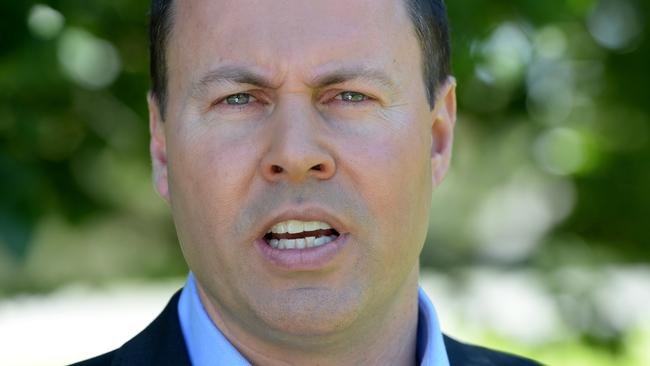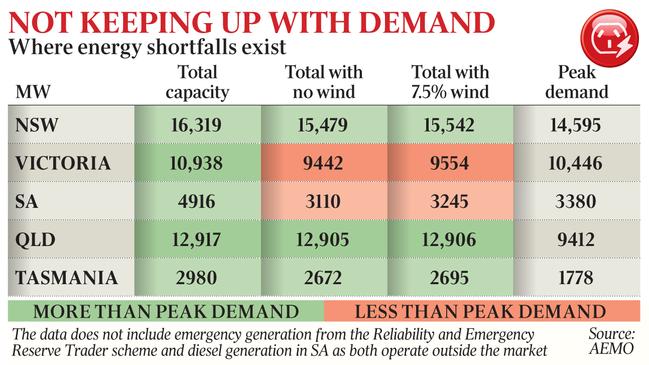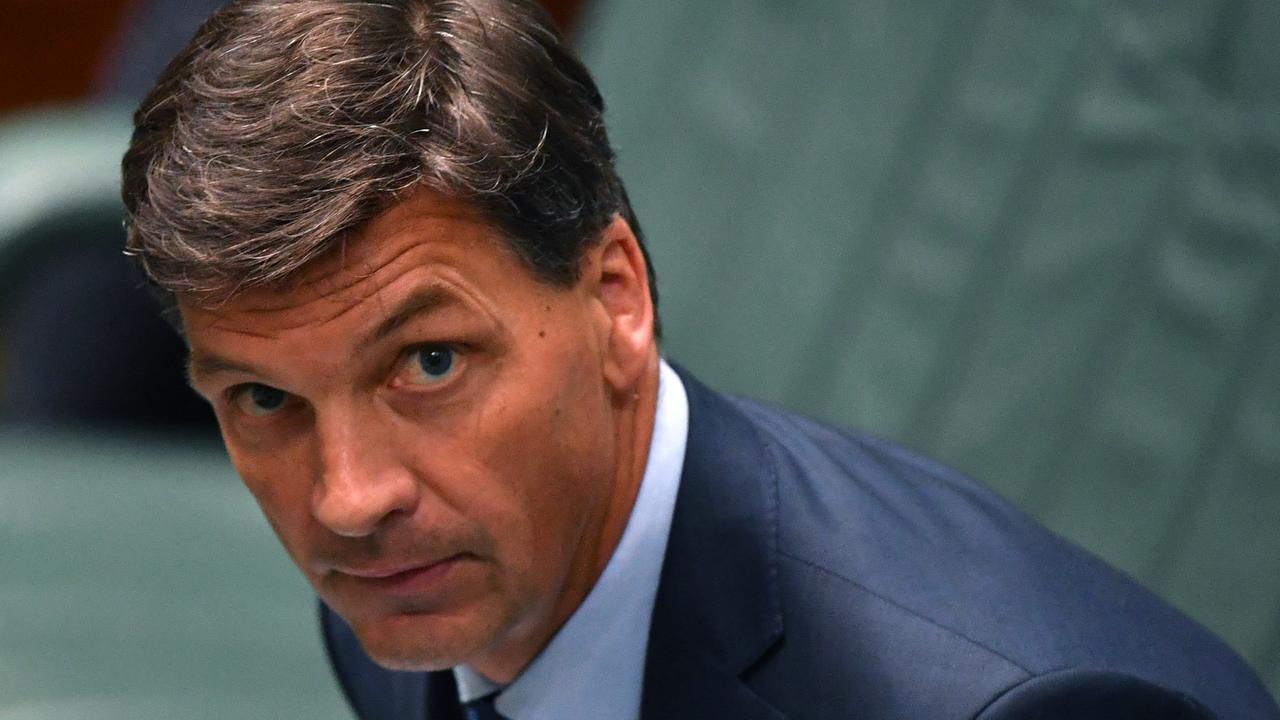Smart meter price pain as power spikes
Smart meters for all consumers are being touted as a solution to grid reliability, a move set to push prices higher in peak periods.

Electricity smart meters have been recommended for all households and businesses, a move that would raise the cost of power during peak periods in a bid to lower demand, as data shows Victoria and South Australia are unable to produce enough energy on extremely hot days with little or no wind.
A bipartisan federal parliamentary committee report released yesterday says the introduction of smart meters and dynamic billing is critical to managing the electricity grid as demand grows and different types of generation come online.
As federal and state governments clash over the National Energy Guarantee and renewable energy policy, the House of Representative committee recommended the Australian Energy Market Operator consider a rollout of smart meters to all electricity users. It said the meters would help households and large-scale consumers to manage prices and habits by allowing networks to charge consumers more during times of high demand and less when there was an energy surplus.
The committee, chaired by Nationals MP Andrew Broad, made 23 recommendations in a 133-page report that laid bare how “the reliability of the grid at times of peak demand has become of particular concern”.
Mr Broad said Australia faced a “trilemma” of needing to meet climate change commitments under the Paris Agreement, ensuring stable supply so the “lights don’t go out”, and mitigating rising electricity costs. Smart meters and dynamic pricing should become part of the solution, he said.

“We were very mindful that there was criticism of the price of smart meters and we didn’t want to load more costs onto the grid, and one of the discussions we had on the smart meter was, does it alter behaviour, and generally speaking, no, people don’t look at them, but it will become part of demand management particularly as people understand how to use it,” Mr Broad told The Australian.
The federal government is imploring state governments to back the NEG, which is focused on boosting energy security through dispatchable power projects such as coal, gas, hydro and storage.
Energy Minister Josh Frydenberg has upped his calls for the states and territories — including South Australia and the ACT — to support the plan, as new analysis of the National Energy Market shows Victoria and South Australia struggled to cover their own peak energy needs when the wind isn’t blowing. “Despite the best efforts of AEMO, the supply-demand balance in South Australia and Victoria is precarious,” Mr Frydenberg said.
“There is no better illustration of this than the need to rush in expensive, polluting diesel generators that use up to 80,000 litres an hour as back-up.”
The data shows that in Victoria, installed capacity is currently 10,938MW. If there is no wind generation, however, this decreases to 9442MW, more than 1000MW below Victoria’s highest peak demand of 10,446MW on January 29, 2009. In South Australia, installed capacity is 4916MW. If there is no wind generation, this decreases to 3110MW, below the state’s highest peak demand of 3380MW on January 31, 2011. The data does not include emergency generation from the Reliability and Emergency Reserve Trader scheme and 175MW of diesel generation in South Australia as both operate outside the market.
“What we are seeing this summer only reinforces the need for more dispatchable power, which can come from coal, gas, hydro and storage,” Mr Frydenberg said.
He is preparing to meet state ministers at a Council of Australian Governments energy council meeting next month, where he will confront South Australia and the ACT, who have both pushed back against the NEG.
SA Energy Minister Tom Koutsantonis reiterated his opposition to the NEG. “Our power supply has been more reliable than the coal-reliant grids in the eastern states,” he said. “South Australia has experienced two heatwaves this summer, and our system coped very well.” He said the independent Australian Energy Market Commission recently modelled power bills in South Australia to come down by about $300 over the next two years, in part due to additional competition from new renewable energy projects
Victorian Energy Minister Lily D’Ambrosio hit back at suggestions the grid was unstable. “NSW almost plunged into darkness last year, but was bailed out by energy generated in Victoria through the National Energy Market — a fact Josh Frydenberg conveniently ignores,” she said.
The Clean Energy Finance Corporation gave evidence to the committee that while investing in renewables and storage in advance of coal capacity closure would minimise costs to consumers and maintain energy security, smart-technology solutions were important for improving system resilience and lowering costs. The committee recommended that AEMO work with retailers to ensure bills were dynamic, providing customers with control over how much information they received in relation to cost and usage.
Smart metres measure and record electricity usage every half-hour. The data is collected by electricity distributors who pass the information to retailers for billing purposes. They use the real time data to change prices accordingly to demand. Victoria is the only state where smart meters are compulsory.




